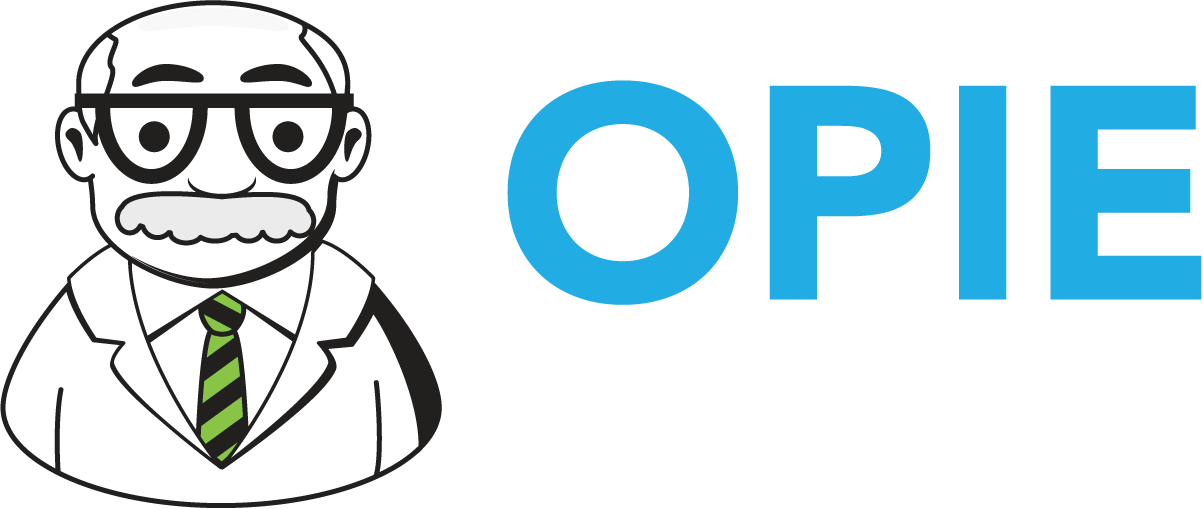Beyond the Script: Communicating Your O&P Expertise
O&P patient care is largely an unrecognized profession; clinicians are not diagnosticians, nor do they write the initial prescriptions. Yet, they (pretty much alone in the medical field) possess the specialized biomechanical knowledge that is essential for translating those often vague and sometimes incorrect prescriptions into real-world effective patient care. The challenge? To ensure that prescribers, payers and politicians—often unfamiliar with the nuances of O&P—understand the value this field brings, and ensuring your patients receive the most appropriate, cost-effective care.
Let’s dive into practical strategies O&P clinicians can use to communicate expertise, advocate for patient needs, and leverage data to drive better outcomes.
Why Data-Backed Communication Matters
It’s no secret: prescribers are inundated with information, regulatory requirements, and time constraints. When we advocate for a specific intervention or modification, our voices carry more weight when backed by objective data. Data-driven communication:
Builds credibility with prescribers and payers.
Validates clinical recommendations beyond anecdote or intuition.
Links biomechanical expertise directly to patient outcomes.
1. Relating Data to Patient Outcomes
The ultimate goal: improved patient function, safety, and satisfaction. When communicating with prescribers, frame your expertise in terms of measurable outcomes.
Strategies:
Use standardized outcome measures: Incorporate tools like the Timed Up and Go (TUG), Prosthesis Evaluation Questionnaire (PEQ), or gait analysis metrics. Present before-and-after data to highlight progress.
Share case studies: Brief, anonymized examples showing how a specific orthotic or prosthetic intervention led to tangible improvements (e.g., increased walking distance, reduced pain, improved balance). Please note…it is not the device that made the difference. It is you knowledge about which device(s) to use and how to apply them.
Highlight functional gains: Focus on how interventions restore independence, reduce fall risk, or enable participation in daily activities.
“In this patient’s case, by adjusting the force vectors managed by the AFO, I have improved their TUG time by 18%, enabling safer, more confident ambulation at home and reducing the patient’s fall risk.”
2. Validating the Prescription with Clinical Evidence
Prescribers may issue generic or incomplete prescriptions due to limited familiarity with O&P devices. This is where your biomechanical expertise shines.
Strategies:
Explain device selection rationale: Use biomechanical principles to justify why a particular component or design is necessary for this patient’s presentation.
Document objective findings: Include photos, pressure mapping, and/or alignment measurements to support your assessment.
Example Communication
“Based on gait analysis, data demonstrates that patient experiences excessive knee hyperextension. To control this and provide stability, I have set the plantar flexion stop with 3 degrees of dorsiflexion rather than a 90 degree stop to reduce the hyperextension.”
“Patient presented with OA. While a left leg unloader was specified in the prescription, the medical records provided do not indicate with specificity which compartment(s) need the relief. Please provide additional documentation that indicates the area of concern so I can provide the patient with effective care.”
3. Articulating the Benefit of Appropriate Care
It’s not enough to recommend a device—we must clearly connect the dots between our intervention and the patient’s quality of life.
Strategies:
Translate technical terms: Frame recommendations in terms of what matters to the patient—mobility, comfort, participation.
Quantify benefits: Whenever possible, use numbers: “With this intervention, the patient can walk 200 meters farther without fatigue.” Further, as appropriate, explain why the change matters to the patient.
Connect to broader health outcomes: Emphasize how appropriate O&P care can reduce secondary complications (e.g., skin breakdown, joint degeneration), decrease healthcare utilization, and improve psychosocial well-being.
Connecting the Whole Patient: Emphasize how appropriate O&P care can reduce the risk of future sound-side complications (e.g., joint degeneration, back pain) and improve overall health.
“By optimizing socket fit, we reduce the risk of skin breakdown—a major cause of hospital admissions in amputees.”
4. Highlighting Risks of Ineffective Intervention
Sometimes, the most compelling case is made by outlining what’s at stake if the intervention falls short.
Strategies:
Describe adverse events: Use data to show the increased risk of falls, wounds, or re-hospitalization associated with inadequate devices.
Reference cost implications: Highlight how suboptimal care can lead to higher downstream costs (e.g., emergency visits, revision surgeries).
Share real-world examples: Without breaching confidentiality, relate stories where lack of appropriate intervention led to preventable complications.
| Risk | Data Point |
|---|---|
| Increased Fall Risk | "Studies show that poorly fitted prostheses nearly double the risk of falls, especially in elderly amputees." |
| Skin Breakdown | "Inadequate orthotic support is linked to a higher incidence of pressure ulcers." (Multiple studies.) |
| Reduced Independence | "Patients with insufficient ankle support are 3x more likely to require assistive devices long-term.” |
Practical Tips for Effective Communication
Be concise: Prescribers appreciate brevity. Lead with your main point, then provide supporting data.
Use visuals: Photos, charts, or pressure maps can make your case more compelling.
Document everything: Thorough notes not only support your recommendations but also protect you in audits.
Follow up: Check in with prescribers after device delivery to share outcome data and reinforce the value of your intervention.
Conclusion: Your Voice Matters
O&P clinicians possess a body of biomechanical knowledge that is often under-recognized in the broader medical community. By leveraging data-backed communication, we can bridge the gap between prescription and optimal patient outcomes. Remember: every time you advocate for a patient with clear, evidence-based rationale, you not only elevate your standing in your community—you ensure that those you serve receive the care they truly deserve.
Let’s keep the conversation going. How have you successfully communicated your expertise to prescribers? What data points have made the difference in your practice? Share your stories and let’s continue to raise the bar for patient-centered O&P care.
References
Highsmith MJ, et al. “Effect of AFOs on Gait in Patients with Neuromuscular Disease.” J Rehabil Res Dev.
American Orthotic & Prosthetic Association. “Clinical Practice Guidelines for Foot Orthoses.”
Esquenazi A, et al. “Prevention of Skin Breakdown in Lower Limb Amputees.” Arch Phys Med Rehabil.
Miller WC, et al. “Risk Factors for Falls in Lower Limb Amputees.” Arch Phys Med Rehabil.
Sanders JE, et al. “Pressure Ulcers and Orthotic Device Use.” Prosthet Orthot Int.
Gailey RS, et al. “Mobility Outcomes in Lower Limb Orthotic Users.” J Prosthet Orthot.

